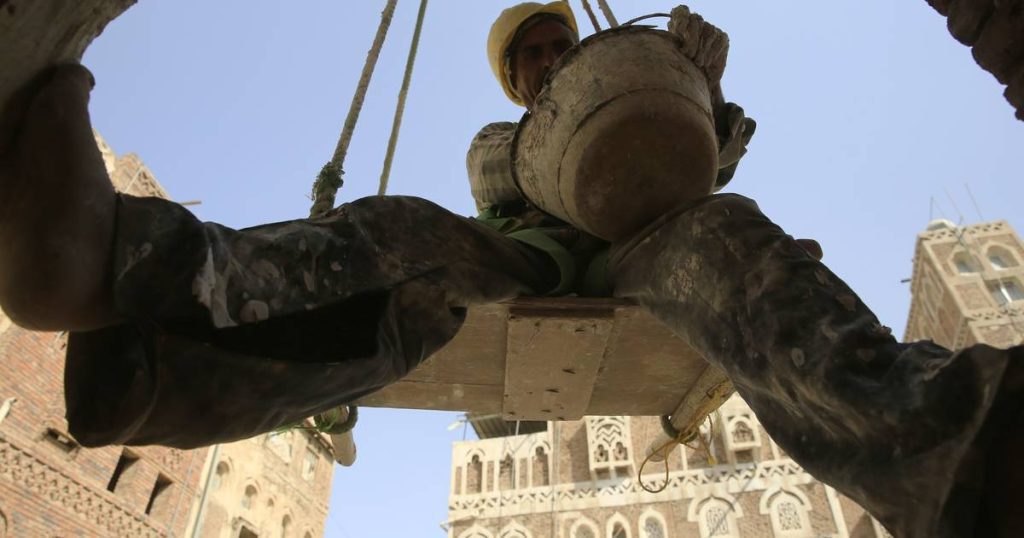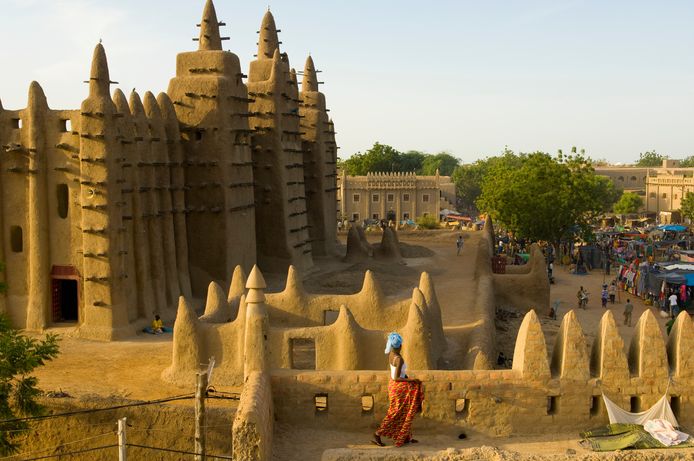Our ancestors already knew it: clay is the perfect choice for a sustainable and comfortable life. A mud-walled house has many advantages. In a heat wave, it keeps your home cool and during the winter months it keeps the heat in. In addition, it also has many ecological qualities. So some architects leave high-tech building methods as they are and go back to these ancient building materials.
The old city of Sanaa in Yemen has been a UNESCO World Heritage Site since 1986 thanks to its unique mud-brick skyscrapers. The high-rise structures are built entirely from the ground and decorated with unique geometric patterns. The horizon merges with nearby mountains of a similar color. The buildings are still inhabited today and are thus an excellent example of how ancient building materials can remain attractive.
For Salma Samar al-Damluji, co-founder of Daw’an Mud Brick Architecture in Yemen and author of “Engineering and Rebuilding Yemen,” mud houses are the “architecture of the future.” In an interview with the BBC, she told how we can no longer live in this “concrete bush”. “We have to take into account the environment and biodiversity,” she says.
sustainable alternative
The construction sector is responsible for 38% of global carbon dioxide2emissions. The sector will therefore need to innovate to achieve the global goal of being climate-neutral by 2050. According to scientists, replacing concrete is critical, with concrete construction accounting for seven percent of global carbon dioxide.2emissions.
According to Damluji, clay is an ideal and sustainable alternative to concrete. Loam is a biological material and therefore does not contain harmful substances, its production is energy-poor, the material is infinitely recyclable, and building with silt requires less energy. One by one, but perhaps the biggest advantage of loam is that it regulates moisture and heat, making the home energy efficient.
cool off in a heat wave
Thus, the mud house is not only sustainable, but also reduces energy costs and is ideal for spending the increasingly hot summer. The architects say that one of the best qualities of mud buildings is that they are warm in winter and cool in summer. Clay walls have a high thermal mass, which means that they absorb and store heat slowly, making the house less likely to overheat.
Clay walls collect heat from solar radiation during the day and release it again at night. “Temperatures never fluctuate – it’s always at a comfortable level,” Pamela Jerome, an American architect and head of the Architectural Conservation studio, which focuses on restoration projects around the world, told the BBC.
Mud buildings are also very strong and resilient to extreme weather events, such as heat waves, floods and droughts, which scientists say will become more frequent and intense as temperatures continue to rise. Damluji said architecture made of earth can withstand severe earthquakes and storms “because the structure can distribute the load on the surface, unlike concrete or cement.”
So people who are looking to survive the coming heat waves and who want to live comfortably and modernly in the future should choose a house made of mud.
The first street where the water runs will not solve the flood problem, but it will not aggravate it
Unlimited free access to Showbytes? And that can!
Sign in or create an account and never miss a thing from the stars.

“Creator. Award-winning problem solver. Music evangelist. Incurable introvert.”







More Stories
An official ceremony for Crown Prince Moulay El Hassan (photos)
Ten dead after a helicopter collision – in the sky
Indian Prime Minister Modi accused of hate speech after statements in which he described Muslims as “invaders”